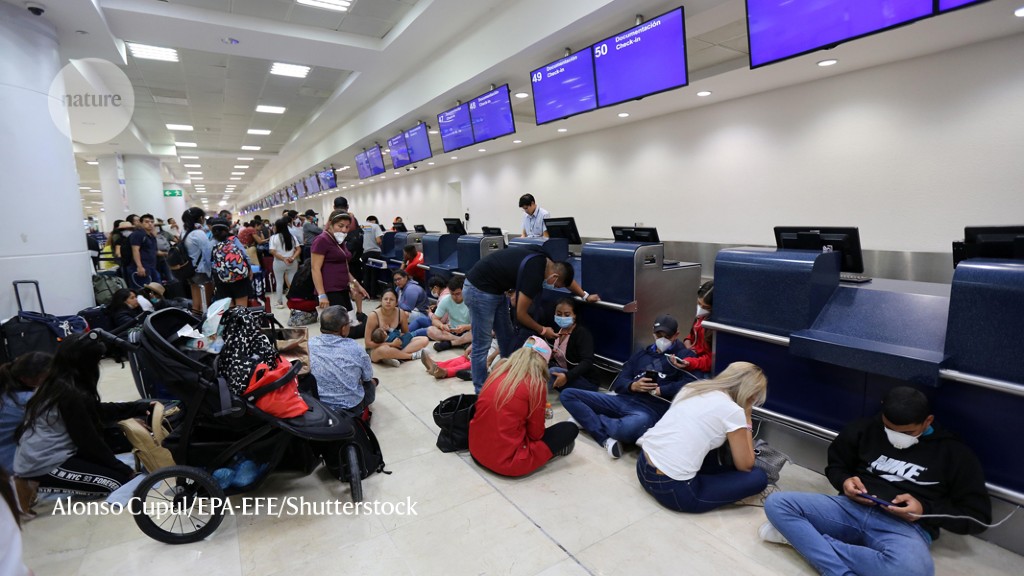You are here
 What the data say about border closures and COVID spread Models estimate that travel restrictions worked early in the pandemic, but became less effective throughout the year. nature
What the data say about border closures and COVID spread Models estimate that travel restrictions worked early in the pandemic, but became less effective throughout the year. nature As countries in Europe rush to close their borders to the United Kingdom to prevent transmission of a new — and potentially more transmissible — variant of SARS-CoV-2, research has estimated the effect of international travel restrictions on COVID-19 spread earlier in the pandemic.
Models have found that strict border closures could have helped limit viral transmission in the pandemic’s early days. But once the virus started spreading in other countries, border closures provided little benefit.
Before the COVID-19 pandemic, most countries had only ever imposed border restrictions on select countries where disease outbreaks were concentrated. In most instances, scientists thought that such measures were largely ineffective. Influenza infections, for example, often go undetected, and so travel restrictions aren’t worth the social and economic trade-offs, says Karen Grépin, a health economist at the University of Hong Kong.
When the World Health Organization (WHO) declared the highly infectious coronavirus SARS-CoV-2 a public-health emergency, the agency advised nations to keep borders open. But almost every country ignored the advice, and many countries even closed their borders to all nations, contributing to an unprecedented drop-off in global travel that continues today.
“We had no idea that governments around the world would be willing to impose total border closures and related measures that would cost the global economy some US$400 billion every month,” says Steven Hoffman, an international lawyer and epidemiologist at York University in Toronto, Canada.
Most of the studies looking at the effect of travel restrictions imposed during the pandemic rely on theoretical models. Scientists say that these are helpful in the absence of time-consuming observational studies.
In a review of 29 studies posted on medRxiv last month1, Grépin and Kelley Lee, a researcher who studies global health at Simon Fraser University in Vancouver, Canada, found that most models show that travel restrictions and border closures reduced the arrival of people with COVID-19 in many countries early in the outbreak ...
But only one study2 in the review accounted for the effect of the ban on people leaving the Chinese city of Wuhan, where the pandemic started, and found that it prevented nearly 80% of COVID-19 infections from spreading to countries outside China in the weeks after it was imposed. So some models probably overestimated the benefits of international border closures compared with the Wuhan lockdown, says Grépin. The gains from border closures were also short-lived when they weren’t combined with other measures such as testing, contact tracing and quarantining to prevent local transmission. ...



Recent Comments